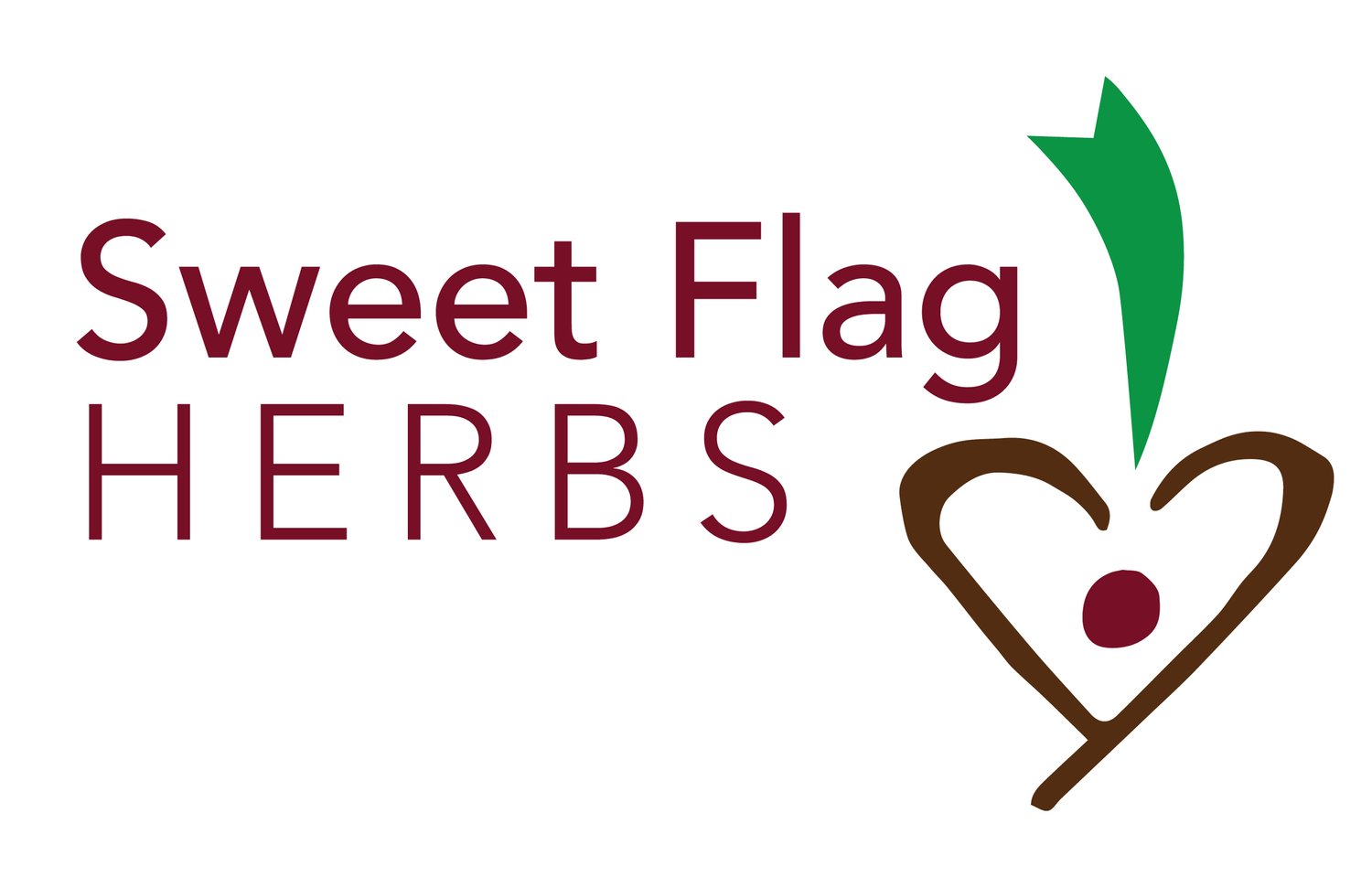Plant Respites in Poland
Happy July, dear reader--
I'm writing from a homestead outside of Słomniki (just north of Kraków) where I'm volunteering during my third week in Poland. My host, Kasia, is at an event this weekend. While I tend her garden and pets, I'm enjoying downtime to write, sort through photos, drink homegrown lemon balm-rose-marshmallow-calendula tea, and eat lots of spinach pierogi and blueberry ice cream. (It seems Poles love ice cream just as much as Americans.)
It's been an amazing trip, and there's a lot I'd like to share. I've seen herbs celebrated everywhere from Teutonic castle ruins to a Gingerbread Museum to cathedrals to cocktail menus. I'll write about Poland plant learnings and share recipes and photos over the next few months.
Image: Huge rose hips (Rosa rugosa) at Kasia's homestead.
To prep for this trip, I played language-learning games on Duolingo for a year, and I got a Pimsleur language course subscription. I highly recommend Pimsleur, but I started too late to be Polish-functional. I can ask questions with a decent accent, but this confuses people when I don't understand the answer. Spanish words occasionally slip out to fill in gaps. Encountering English speakers is a bit of a relief.
Tasting a culture's food and beverages feels particularly enjoyable where there's a language barrier. After a day of expending extra energy to listen, recall vocabulary, and weasel around limitations, a meal can be fully experienced without words. Even the body language for "This is delicious!" seems universally understood.
Every day, familiar and new-to-me plants along sidewalks, farm fields, and gardens give the same respite: easy experiences and connection through the body, no talking required.
Many edible/medicinal "weeds" in the Eastern US are immigrants from Europe and Asia. I see lots of common dandelion, self-heal, chicory, burdock, and yarrow in their native range (though there are native North American yarrow strains, too). Nutritious stinging nettle is here at every turn--including a huge patch next to the slide at the playground below. Can't think of a more effective way to teach plant identification to kids ;)
At the Botanical Gardens in Warsaw and Kraków, I loved seeing American "weeds" in their native European glory, honored with official placards and all.
Above: purple loosestrife, medicinal and invasive in the US. Chicory, a la chicory "coffee". Last two photos are teasel--invasive in the US; fun to see the organisms making a home in the pool formed between its leaves.
Thanks to Sophie Hodorowicz Knab for her wonderful garden visiting tips!
The climate and plants here are so similar to home that I can almost forget I'm on a different continent. (I'm glad Great Lakes cities offered Polish immigrants that sense of familiarity, in addition to industrial jobs.)
When I spot plants not found in the WNY landscape, I can't help smiling at the sudden reminder of where I am. Red poppy (Papaver rhoeas, pictured above) is one such plant.
Red poppy is also known as corn poppy for the way it thrives in agricultural fields. It was believed that its presence foretold a plentiful harvest. I love that this wild, "weedy" species is considered by many to be Poland's national flower--not a showier cultivar. Janine incorporated it beautifully into her original artwork for Lumia Box.
In Slavic folk tradition, poppy facilitates traversing the veil between life and death, and it symbolizes fertility (source).
Through Poland's many fights for independence, this hardy plant has represented freedom, hope, defiance, and remembrance. The (anonymous) Urocznica writer notes that poppy seeds can remain dormant for many decades, emerging when the soil is disturbed--such as in battlefields. It's sweet to imagine this flower naturally marking and commemorating battle sites. I'm sure it gave exhausted soldiers a boost to see it blooming, too.







